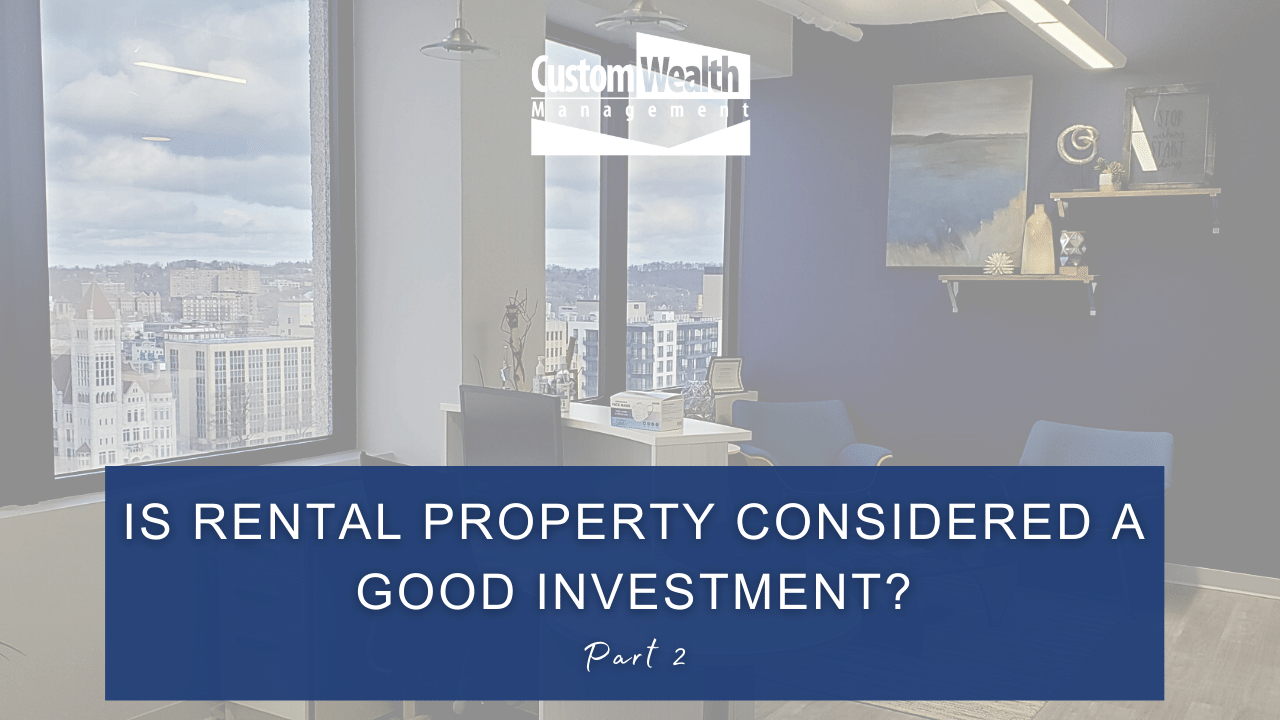
Is Rental Property Considered a Good Investment - Part 2
Where Else To Look
Continuing from our last post, another real estate market that can be appealing for its ease in receiving your rent on time, is the expensive ‘executive’ neighborhoods and/or luxury homes market. While it will typically draw tenants who can readily pay their rent, they are also the tenants most capable of buying their own homes very quickly.
Or, they are frequently renting due to a work assignment requiring them to be in the area temporarily, so they’ll be switching to a different rental area very quickly; these feel much more like a long version of short-term renters. With the addition of so many new remote workers in the workforce, there will likely be even less demand for this type of rental, so do some research in your area to see where that market stands.
Just as with short-term rentals, you want to be financially prepared for. Reduce the frequency of the turnover of tenants (more frequent maintenance costs), and especially try to avoid long gaps between tenants (no-income gaps).
A market that is more consistently stable is the middle-income real estate market; to some extent the low-income real estate market too. They take longer to save for down payments so they’ll be in the rental market longer, and they’ll typically stay in one place longer due to stable jobs and family.
Another very popular rental-income investment is for students attending college. Although off-campus student housing has slowed recently, it will likely rebound as restrictions are lifted.
This specific market, in specific locations, is targeted to a specific tenant; the student. Students looking for off-campus housing want to be near the school, or at least with relatively easy access (public transit). Students-as-tenants have very different rental-property needs.
For example, they don’t need large kitchens, but probably do need rooms with doors for quiet and privacy, including living rooms, as they often share these residences with several other students who have different schedules, while all of them need their quiet space to complete their reading and assignments, regardless of who is coming and going.
Understanding your real estate market from several aspects is key to determining the likelihood of finding enough of the right kind of tenant for your investment property.
Crunch The Numbers
Now it’s time to look at the costs; specifically, your costs relative to the income your investment will likely generate.
The 1% Rule
There is a rule in this investment field known as the 1% rule. It states that you should be charging rent that is 1% of the total cost of your investment. This means you should add the price of the property, the closing costs, and the prepare/repair expenses, that make it ready for a tenant to occupy. If repairs take a long time without tenant income, add those costs too. Also make sure you are well-informed about tax rental properties in your region, and tenant occupancy rules for that region so that these potential extra costs don’t surprise you after you’ve bought a property. There may be other costs you need to add, such as long gaps without tenants, for instance, in vacation locations that have a short season for renters.
For example, a house that costs $200,000 should be charging $2000 rent. If it needs $20,000 in repairs, then that should be $2200 in rent. If you are a long way from the 1% rule, your investment is less likely to be considered a good one.
The CAP
This is the calculation tool that helps you determine how a rental property investment compares, strictly financially, to other types of investments.
The CAP gives you the percentage of ROI you can expect from your investment. You need your net income (after expenses) from the rental property. For example, you’ve bought a home, from which you’ll collect rent of $1200. Your monthly expenses will be deducted from that figure (taxes, insurance, utilities you are paying). If those expenses add up to $200 per month, your net rental income is $1000, which means $12000 per year.
If this house cost $150,000, you will divide your net rental income by the cost of the house:
12000/150,000 = 0.08, or 8% ROI is your CAP rate.
If however, the house cost $175,00, with the same rental income, that changes your ROI significantly:
12,000/175,000 = 0.06 or 6% ROI is your CAP rate.
You’ll need to decide whether this rate is worth it, to you. If other investments are garnering lower rates (as in the current banking markets), you probably will find 6% completely acceptable. Its value to you can also depend on whether you prefer this type of investment over another, what type of tenants you are likely to have, in addition to other non-financial considerations.
When It Comes To Investments…
You want a seasoned professional to guide you through and make sure it’s the right fit for your investment portfolio. The advisors at Custom Wealth Management are always willing and able to help. Give our office a call today.


